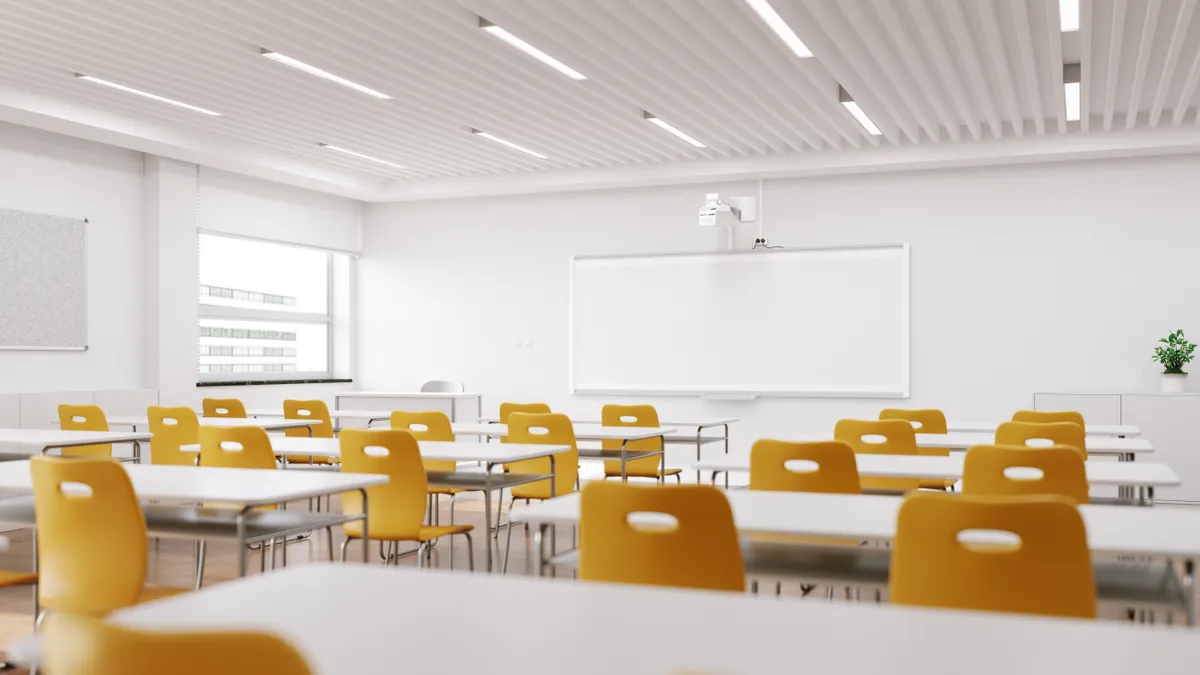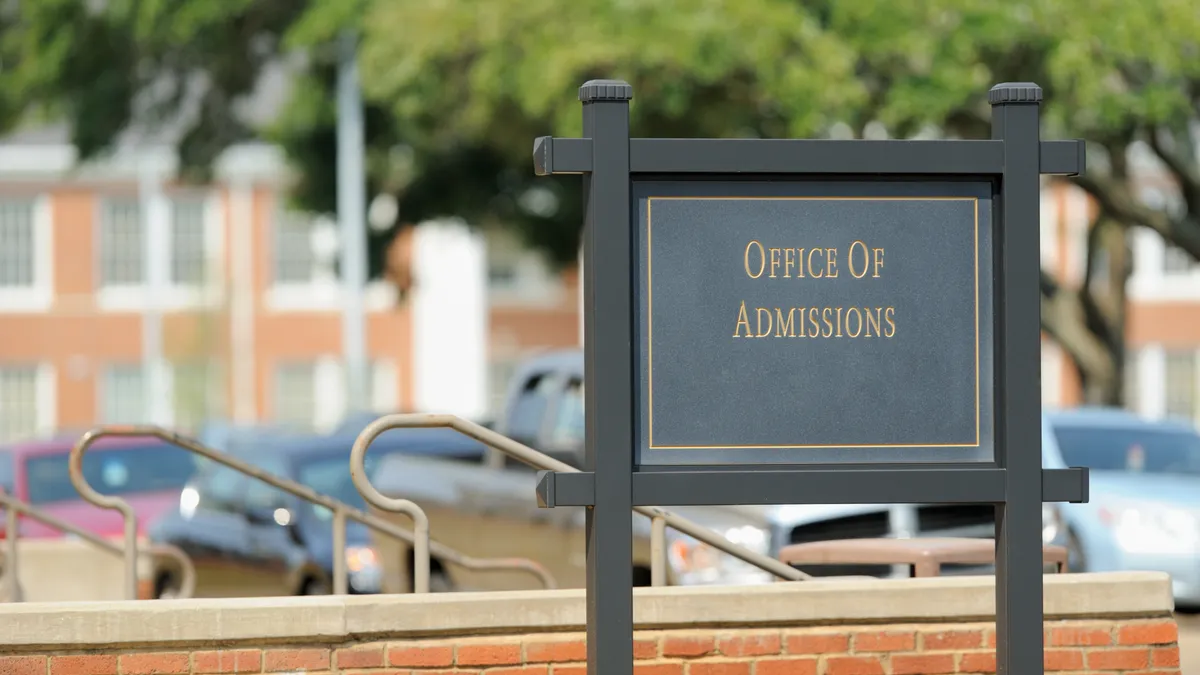During the presidential debate last night both Hillary Clinton and Donald Trump promised to grow the economy and create financial security for more Americans. Yet one issue that could truly make or break our country’s economy barely made it onto the debate stage: education.
It’s hard to take seriously ambitious plans for economic growth as American students’ rankings slip on international tests, and employers express grave dissatisfaction with the quality of graduates entering the workforce. Indeed, according to the most recent National Assessment of Educational Progress results, just 37% of high school seniors are prepared for college-level math and reading in the first place.
To support sustained economic growth, America sorely needs a new vision of the future of learning that will prepare students for a new economy. To get there, the next president will have to embrace fundamental shifts in funding and delivering learning.
College affordability re-imagined
To be fair, both Secretary Clinton and Donald Trump have readily bemoaned the cost of college. Their tendency, however, has been to float proposals to subsidize the growing price tag of a college degree, rather than tackling the underlying causes driving tuition hikes in the first place.
Neither candidate has acknowledged that the underlying cause of the affordability crisis is not just the recession — rather, the business model of our higher education institutions is broken. Colleges are trying to be everything to everyone, and as such, continue to add, rather than cut, costs. Until we spearhead new business models for postsecondary training and credentialing and align those programs to labor market demand, tuition will remain exorbitant relative to the benefits of a traditional degree. The next president will need to move affordability efforts beyond grant and loan reforms that surrender to high tuition rates and instead support new, more sustainable and affordable business models in higher education.
The rise of technology in the classroom
The next president will witness the highest-ever levels of technology in classrooms nationwide. Indeed, we predict that by 2019 at least 50% of high school courses will be online in some form or fashion. For the first time since the founding of our compulsory public education system, Americans have an opportunity to design classrooms to meet each individual student’s learning needs, rather than teaching to a non-existent middle.
Wisely deploying technology stands to make a dent in meager proficiency rates in K-12 that in turn force colleges to invest in remediating students rather than preparing them for the new demands of the labor market. Schools can leverage technology to deliver content and assess understanding in a manner that is personalized to each student’s pace, path, needs, and strengths. And teachers can use data about how students perform online to tailor face-to-face instruction with a deliberate precision that was never before possible.
Technology, however, is not a silver bullet. In the years to come, there’s a danger that online learning could be deployed primarily as a cheaper delivery tool to decrease spending, without revolutionizing instruction. The next president will need to steer the proliferation of edtech in a direction that benefits all students, rather than simply digitizing our monolithic 19th century classroom.
Education accountability overhaul
Holding schools and institutions of higher education accountable has long been the province of the federal government. But with innovative classroom and business models emerging in both K-12 and higher education, our traditional federal accountability and quality control mechanisms are in serious need of an update.
K-12 education accountability should accommodate — rather than hamstring — our ability to assess students based on their individual mastery of academic material, rather than just their age or grade. This can in turn ensure that students graduate high school truly prepared for college and career.
Likewise, efforts to hold postsecondary institutions accountable should shift away from traditional accreditation and oversight based on antiquated measures like credit hours that tell us little about whether colleges are actually serving students. Rather than sorting schools on the basis of accreditation requirements or simplified outcome metrics, the government could recast its measure of quality relative to student satisfaction and the value of the experience — shedding light on what students get out of higher education investments and ranking and rewarding schools based on students’ persistence, feedback, and success rates post-graduation. Moreover, rather than shutting them out of the federal aid apparatus, the next president should welcome new entrants offering innovative training models in exchange for higher levels of transparency around prices and outcomes.
Education innovation may have been a mail-it-in issue during this election season, but it’s a vital ingredient to America’s competitiveness, health, and stability. If they want growth, both candidates should look to the best new learning models that promise to prepare our students for the new economy. After all, if education remains stagnant, so will the economy.
Julia Freeland Fisher is the director, education at the Christensen Institute.







 Dive Awards
Dive Awards















